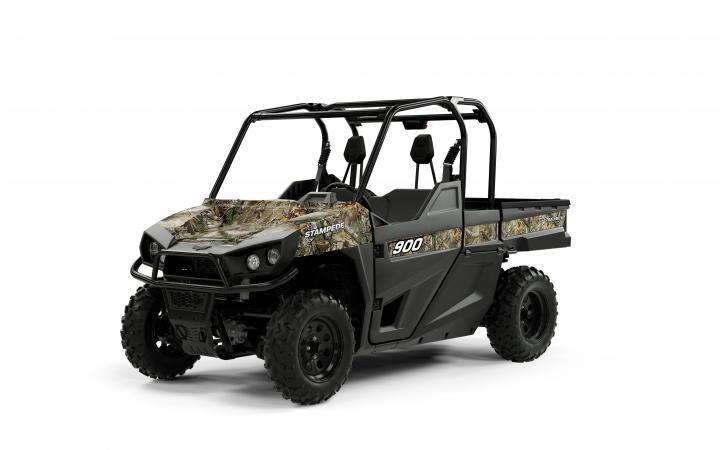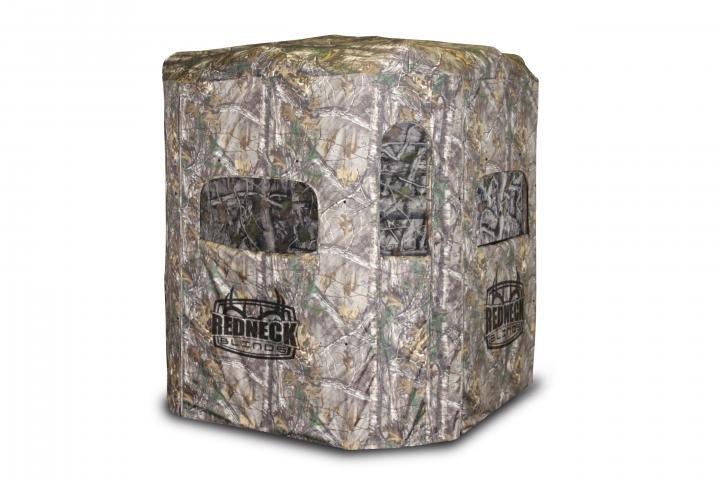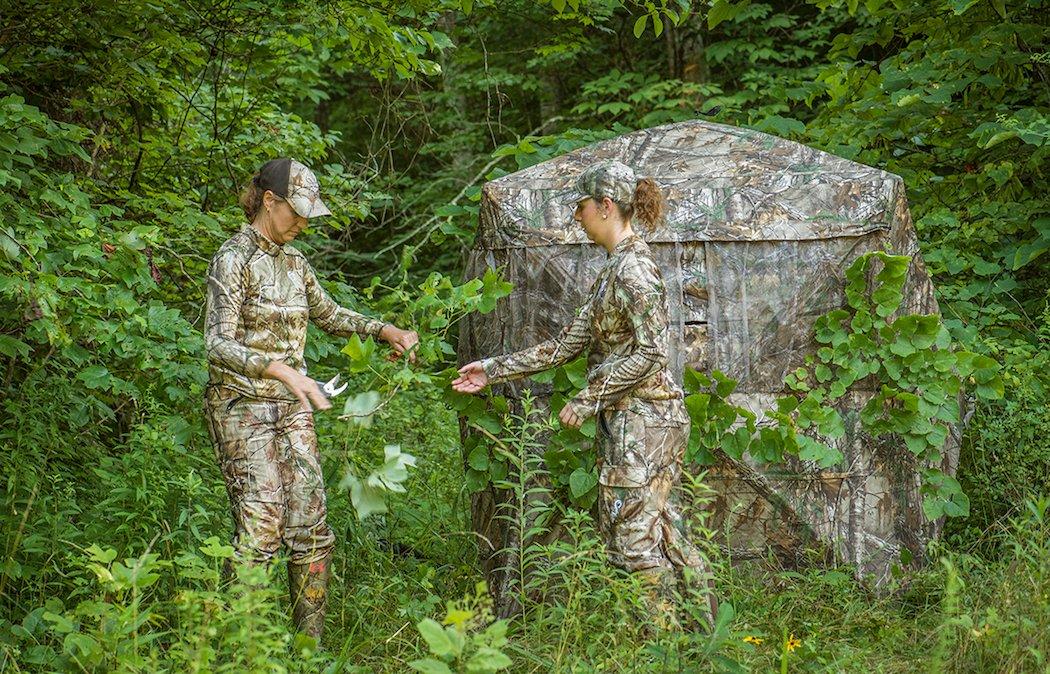Are You Prepared for Deer Season?
Deer hunting is all about preparation. Everything you do leading up to the hunt sets the tone for the hunt itself. Do these five things between now and opening day.
Relearn the Area You'll Hunt
This year has been one of weather extremes in much of the nation. While some regions have suffered droughts, others have been plummeted by flooding. Just as these extreme conditions are affecting us, they are also having an impact on wildlife, and especially the game species we pursue each autumn. While pre-season scouting is always critical to our later chances of success, this year it's especially important since habitat in so many areas has been so drastically changed. The prime areas that held an abundance of game last year may have been turned into gameless deserts this year. So start scouting early this summer, first checking your prime areas of last year, then seeking new ones elsewhere when those once-prime ones have been damaged or modified, and the game has relocated.
Further Educate Yourself
Over the years, we usually accumulate a healthy supply of free advice, most of it worth every penny it didn't cost. I'm referring to those old wives tales that have been passed down through the generations. A wounded deer always runs downhill. A wounded animal always heads for the nearest water. If a bear chases you, run downhill to escape it. Picking a skunk up by its tail will keep it from squirting. You shouldn't try calling a spring gobbler downhill. Moss always grows thickest on the north side of a tree. There are more, but you get the idea. It is said that every legend has some basis of fact. Well, in the case of many of outdoor rules, they may be partially correct. But you can get in trouble taking them seriously.

Mortally wounded deer (and other big game) simply run in a direction they instinctively feel allows them an escape. I've seen many streak uphill, then circle back. Others stayed on the level, while some did, indeed, run downhill. Regarding wounded animals heading for water, that tends to be somewhat applicable to those that are not fatally wounded or that may expire after an extended amount of time. They instinctively know cold water and mud help coagulate the bleeding and seal the wound. Bears can run as fast downhill as uphill. Skunks don't need to have their hind feet on the ground to spray. Gobblers will respond to a hen regardless of her location, as long as he feels comfortable moving through the habitat between them. Moss can grow on trees wherever it's sufficiently damp and shaded — north, south, east or west, and sometimes all the way around the tree.
It never ceases to amaze me how our hunting industry keeps coming up with new and improved technology, especially for deer. Deer have a rather extensive vocalization, and in past years, call-makers have been coming up with new deer sounds that many of us never knew existed before. One of the latest tools is Conquer the Call. It's a software that teaches you how to recreate deer vocalizations.
Blaze Paths to Success
As the early bow season rapidly approaches, many bowhunters start checking their treestand areas, pruning branches for shooting lanes, cutting ground-level saplings and weeds that could block or deflect an arrow. But one pre-season chore we sometimes ignore or wait too long to correct is assuring the routes we take to and from the stands are sufficiently open so we don't leave our human scent calling card on branches that we brush against, or make too much noise because of brittle overabundant ground litter and dried branches there. Don't overdo it, but clean up these routes just enough to ensure a clean approach and departure. And also do it sufficiently early to place your tree stands at least two months prior to when you plan to hunt there, then leave the area alone until you do hunt. That way, any residual human scent you leave behind will have dispersed. It may seem like a little thing, but it's eliminating the little things that could alert deer of your presence that often spells the difference between success and failure.
Clone Those Arrows
Last year, I advised that I use two sets of identical arrows and broadheads, one for practice and another for hunting. Then, each year after hunting seasons end, I have the arrows I used on game (arrows that were actually shot into game or, perish the thought, missed and struck the ground or a tree) delegated to practice and have the old practice arrows redone, complete with new vanes, nocks, broadhead blades, and spin-balanced. Any that are damaged, I replace.

This way, I always have top-of-the-line arrows to hunt with and also identical ones to practice with prior to the season. That little procedure might warrant reminding some of you again. If your old practice arrows have seen better days, it's not too late to inspect them and have them redone or replaced before your archery shop gets too busy. Same goes for your hunting arrows, especially any that were shot last year. Then, next year, you can start your annual switching routine. In the long run, it's not that expensive, ferrets out bad and inconsistent arrows, and assures that your hunting arrows shot at game are always consistent with those in practice. And if you miss a deer, sorry, but you can't blame it on your arrow.
Ambitious Blind Care
If you use a ground blind to hunt from, whether for big game, waterfowl or turkeys, what happened to it once the last hunting seasons ended? I'll bet a lot of them got packed away and haven't been looked at since. Although today's blind fabrics can stand a lot of wear and tear, leaving them folded or rolled up indefinitely just as they came from the woods or marsh can cause mildew and mold to form and weaken or stain the fabric. Now's the time to get them out, shake the leaves and debris out, put them up and give them a good but mild washing with scentless soap. Once they're rinsed and thoroughly dry, inspect the seams, flaps, zippers, Velcro and pole holders for possible damage or failure. Once done, make sure they're thoroughly dry before putting them away. Now they'll be ready for this year's slate of hunting without the fear of having them break down or fail just when the things are really heating up.
Editor's note: This article was originally published in 2009.
Click here for more deer hunting articles and videos.
Check us out on Facebook.







